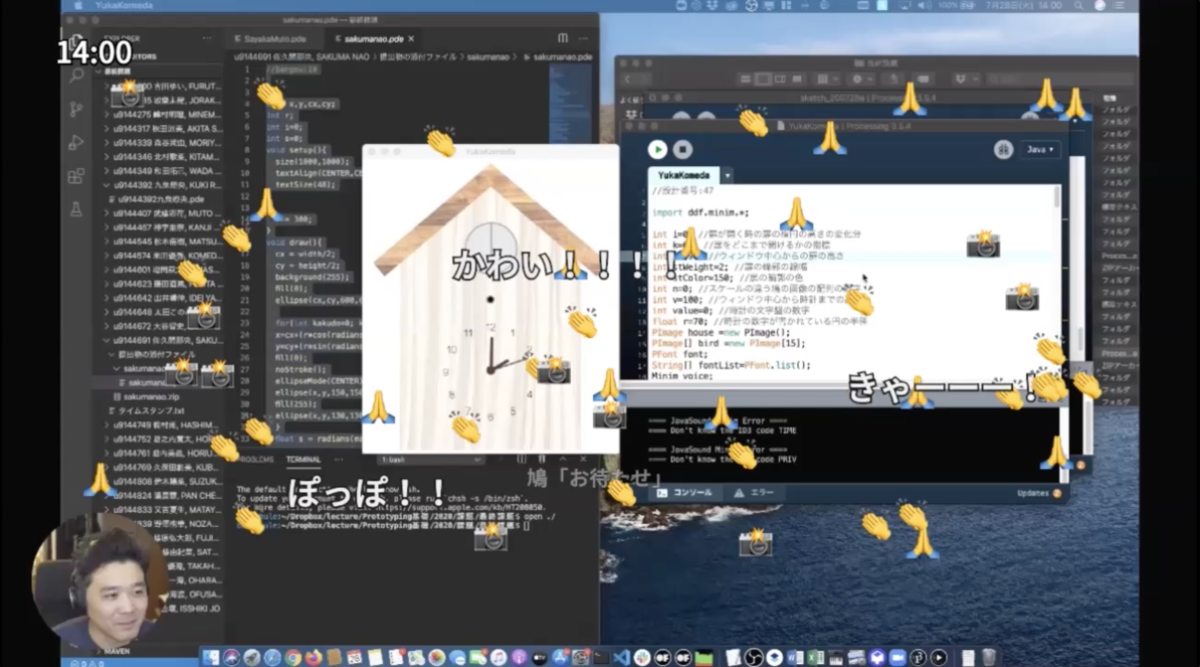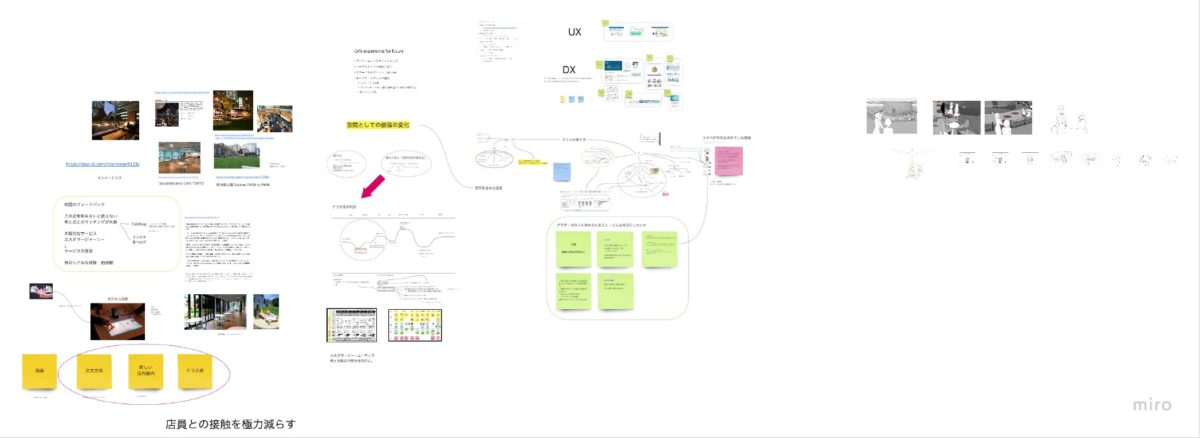The Challenge of Covid-19 in the Department of Industrial Art
Due to the impact of Covid-19, which started in the latter half of February 2020, the seminars for each laboratory were the first to carry out online in a timely manner. At the Department of Industrial Arts (IA), faculty members and current students were already communicating with each other using iawiki (a wiki-style departmental information aggregation website, hereafter “wiki”) and Slack. Therefore, we decided to promote information sharing by thoroughly utilizing wiki and Slack at Corona College. On the other hand, to communicate information to new students, we prepared and mailed a separate form for students to register for the wiki and Slack. As a result, most new students could join the IA network by the beginning of April. They were able to consult and share information as smoothly as current students. Classes for the first semester of 2020 started in May (after Golden Week holidays), and Industrial Art (IA) faculty members switched most of the classes to real-time delivery via “Zoom”. Here are a few of our attempts.
An Application to Support Input of Comments Easily
In Zoom, it is always recommended to mute the microphone when not speaking, so teachers need to have the patience to talk alone in the silence in Zoom. For the Zoom’s chat function, it is not easy to get active comments from the students, probably because their name appears. Hence, a teacher came up with the comment system for students to post their comments anonymously, which can be seen directly on the teacher’s distribution screen. Students can also use the voice reading and voice reaction functions to talk to the teachers without even using the microphone.

A scene during class. Reactions to students’ presentations are shown on the screen in the form of letters and pictograms.
Multiple Accounts to Allow Switching of Video Easily
We have built a system that allows a teacher to use multiple accounts at the same time to simultaneously distribute various teaching material sources according to their functions, such as whiteboard, document camera, video playback, PowerPoint, etc. so that students can view the materials they want at their own timing. Conventional video distribution systems provide the videos that the sender wants to show to the viewers according to the sender’s timing. However, in this project, we have added interactivity to the system to allow students to switch to the video of the content they want to see.
Direct Delivery to Students’ Homes
In classes such as model making and electronic work, where the classes cannot complete without the hardware on hand, a courier service was sent directly to the students with the faculty and students’ cooperation. In the seminar, 3D printers were sent to students’ homes, and students reviewed them and published articles about them. In the animation class, specialized equipment such as video paper and anime taps were sent to all students, students met online, and collaborative work production was also carried out in the class.
Workshop using Miro
Dialogue and discussion with others are an essential part of design thinking, but there are some challenges to group work in an online environment.
Using Zoom’s breakout room function, group work is possible. However, it was challenging to create a suitable environment for sketching ideas, sharing images, and UX maps, which require a lot of visual elements. Therefore, “Miro” was used to deepen discussions on “empathy” and “definition.”

A record of a discussion using Miro. You can see how empathy, definitions, and even ideas are going on simultaneously on one screen.
2021.7.2

 Return to List
Return to List